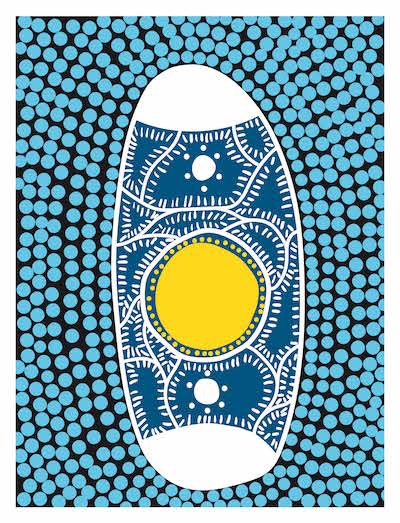On Monday, 19 September, I along with Patrick Blackall (Year 8) and Ms Rebecca Sutcliffe (Ecology Coordinator and Geography Teacher), had the privilege to observe Mr Mark Neale (TAS Teacher) split our native beehive.
Beehive splitting, as the name implies, is literally splitting one colony into two. By taking a strong, vibrant colony, you create two. Mid-spring is a good time to split the hive, as this gives the colonies the whole summer to regenerate.
It was amazing to watch Mr Neale open the hive to meet our Waverley bees, who were a little annoyed at having their roof opened! Mr Neale put a Coke bottle at the exit point of the hive, to collect some of the bees, to keep them calm. Many escaped the hive, but thankfully, as they are native and therefore stingless, we were in no immediate danger of being stung! We were really surprised at the size of the bees, they’re more like the size of a small fly.

Inside the hive
Once opened, Mr Neale pointed out the egg spiral in the centre of the hive.

The Egg Spiral before being split
Whilst Mr Neale separated the egg spiral, we had the chance to try some of the honey. The honey had a very sweet tangy taste and I would have it again. Mr Neale collected the honey in a small jar for us to use at a later date.
Mr Neale pointed out the harder beeswax material and the honey pockets. This beeswax material can be used to seal wooden surfaces and furniture. A small piece was kept out to trial.

Beeswax casing
The next step was for Mr Neale to place half of the egg spiral into the new hive, and then finally, to seal both hives. Mr Neale showed us how to close and seal the hive safely.

Splitting the Egg Spiral
Patrick and I were given the opportunity to repeat this on the second hive. The second hive was now ready for its new home. Mr Neale explained that the new hive needed to be at least 500m from the original hive, as bees will automatically seek out their old home if set too close together. This would impact the success of the second hive.
By Oliver Lorimer (Year 7 SOTW Ecology Student)
The next morning, Mr Neale and I headed down to the Junior School to install the second beehive. It was decided that the best place for the hive was in Wingara. A spot was chosen for maximum use of the morning sun. This exact location was also considered, so it would not be too hot during the summer, but hot enough so the bees can survive and thrive. Wingara also has a plentiful supply of vegetation, so it is easy for the bees to pollinate and explore their environment safely.
Our Waverley bees are stingless and cannot hurt anyone, so all of this was done safely and harmlessly. It was a pleasure to be a part of this wonderful activity that will have many benefits to the campus and to our neighbouring environment.
By Patrick Blackall (Year 8 SOTW Ecology Student)
Thank you to Mr Neale for his time and expertise, and for showing our students the splitting process. Thanks also to Mr Stanbrook for the ongoing care he provides to the bees, Mr Wallington for his work in installing the bees, Mr Spargo for his support and the use of his TAS area, and finally to Ms Jackman whose Year 8 students were present.
Ms Rebecca Sutcliffe
Ecology Coordinator and Geography Teacher
E: rsutcliffe@waverley.nsw.edu.au





